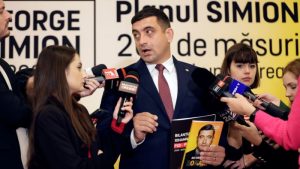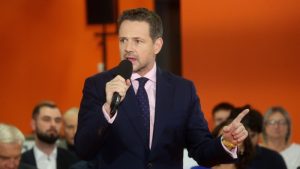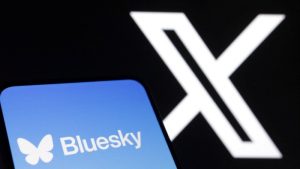US committed to G7 loan for Ukraine despite setback
Stay informed with free updates
Simply sign up to the War in Ukraine myFT Digest — delivered directly to your inbox.
The US still intends to participate in a G7 fundraising effort for Ukraine, despite the EU failing to agree to Washington’s request for guarantees that Russia’s assets will stay immobilised in the bloc for longer.
US and EU officials told the Financial Times that Washington is preparing to join the $50bn loan to Kyiv agreed by G7 leaders in June even without an extension to the EU sanctions period, as pressure mounts to show a united front on Ukraine before a new president enters the White House.
Under the G7 agreement, the entirety of the $50bn loan would be repaid by profits earned from Russian central bank assets immobilised in the west in response to Moscow’s war, the majority of which are held in the EU.
Officials had originally discussed the US and the EU providing $20bn each, with Canada, Japan and the UK contributing the remaining $10bn.
But the US originally made its participation contingent on changes to the EU sanctions regime to ensure the €210bn in Russian state assets remained frozen in the bloc for at least three years.
Hungary vetoed that change on Wednesday and insisted the sanctions continue to be renewed every six months.
That forced the European Commission to come up with an alternative plan of raising up to €35bn against the bloc’s common budget — a decision which only required the backing of a majority of EU member states.
The amount the EU will pay could now diminish if the US does participate. According to western officials, the US government is considering different amounts, with one possibility being to contribute $5bn — the equivalent of the Russian assets immobilised in the US.
“The US has been put under pressure to deliver the same amount the EU is planning to provide,” one EU official said, referring to the sum of $20bn that was originally discussed. “So much money is needed, and attacks in Ukraine are continuing. It’s a nightmare.”
The US had insisted on the EU sanctions extension in order be able to issue its part of the loan without congressional approval. But the search for alternatives indicates that Washington could be able to provide its share of the loan regardless — particularly if the amount was lower than $20bn.
The officials, who spoke on condition of anonymity, said the US participation and the amount was not yet set in stone. The loan could also be higher, they said, depending on how the loan might be classified from a US budgeting perspective — but it could also be lower.
A US official said it was still Washington’s position that the EU should approve assurances that the sanctions regime would remain in place, but that it was working hard on alternatives and contingency plans.
The official added that the Ukraine loan was critical to the US’s strategy to counter Russia and that participating in the G7 loan was very important to treasury secretary Janet Yellen.
“We are committed to providing a decisive amount of financial support for Ukraine by the end of the year that would be repaid by the windfall earnings on immobilised Russian sovereign assets,” a spokesperson for the US Treasury said. “The United States continues to work towards that goal, on that timeline.”
Two EU officials said the US has been under pressure to join the G7 scheme despite the Hungarian veto on the sanctions extension, in order to present a united front on Russia. Japan, Canada and the UK are also keen for the US to participate.
“US participation is critical” for other G7 members to contribute, one of the officials said, stressing that taking part in the scheme was more important than “the actual participation amounts”.
Officials indicated that an announcement could be made before the presidential elections in November.
#committed #loan #Ukraine #setback





